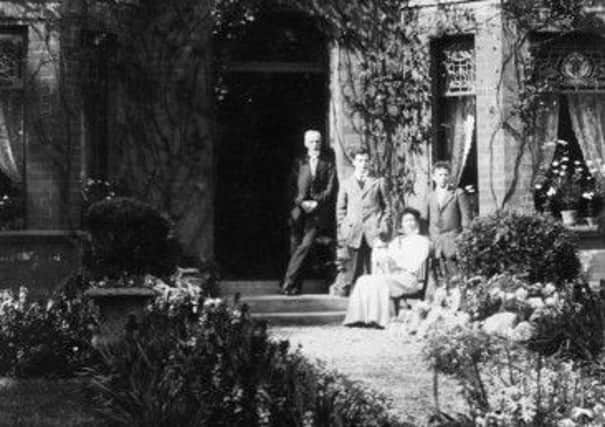Christ Church a fitting venue for poignant King Arthur interpretation


Although the music was written 300 years ago, it fits the First World War setting Tom has created, using real WW1 artefacts and readings from actual letters supplied by War Years Remembered between the musical sections.
The singers and players are all young Ulster artists supported by world-class musicians brought to Londonderry specially for the performance.
Advertisement
Hide AdAdvertisement
Hide AdIn this anniversary year of the outbreak of the First World War, this performance is particularly poignant because Christ Church was the home of the Williams family, James and Emily and their children.
All four sons joined up in the First World War; the eldest, Harold joined the Inniskillens, while Ernest, Charlie and Alfie joined the Royal Irish Rifles; Emily had already lost her only daughter, Kathleen, known as Daisy, at the age of five in 1894.
The family lived in the house they built, which you can still see on the Northland Road, just after the Duncreggan Road junction on the left where the road dips down, “The Willows” from the big trees in the garden.
The boys were Derry’s best; fine athletes and bright lads at Foyle and Londonderry College; the youngest, Alfie had just enrolled as a medical student at Edinburgh when war was declared, Charlie Divinity at Dublin, Ernest the second son like his big brother Harold was a banker like his father.
Advertisement
Hide AdAdvertisement
Hide AdDad was the Church Treasurer and as King Arthur unfolds on Saturday, one can picture them all there, sitting somewhere in the fine Church.
Charles was something of a poet and one of his poems was written a few months before he was killed in late August 1915 and eerily foretells almost exactly what happened to him.
He was a Captain in the trenches at Hooge, in the Ypres Salient, and was blown to pieces by the German artillery. His body was never found, his name one of the 50,000 odd names inscribed upon the Menin Gate at Ypres.
The youngest, Alfie, a Second Lieutenant was sent forward to lead a patrol with two other officers at Ginchy on the Somme early in September 1916; like Charlie, his body was never found and his name is on the Thiepval Memorial.
Advertisement
Hide AdAdvertisement
Hide AdMum and dad, Emily and James, had the Chapel window commissioned as a memorial to their dead boys; they must have thought two sons was their price for the war but the fates had not finished their play with them.
As the German forces crumbled late in 1918, Ernest, their second son already wounded once in 1917 was killed during the advance at Courtrai just three weeks before the war ended.
I guess they would have received the news of their loss at much the same time as the news of the armistice arrived; Ernest is remembered in a plaque beside the window and is buried in Dadizeele Cemetery in Belgium.
Saturday night’s performance will be a fitting testimony to those dead boys, three among the 50 odd young men from Christ Church and the 756 from our fine city lost in that most terrible of wars.